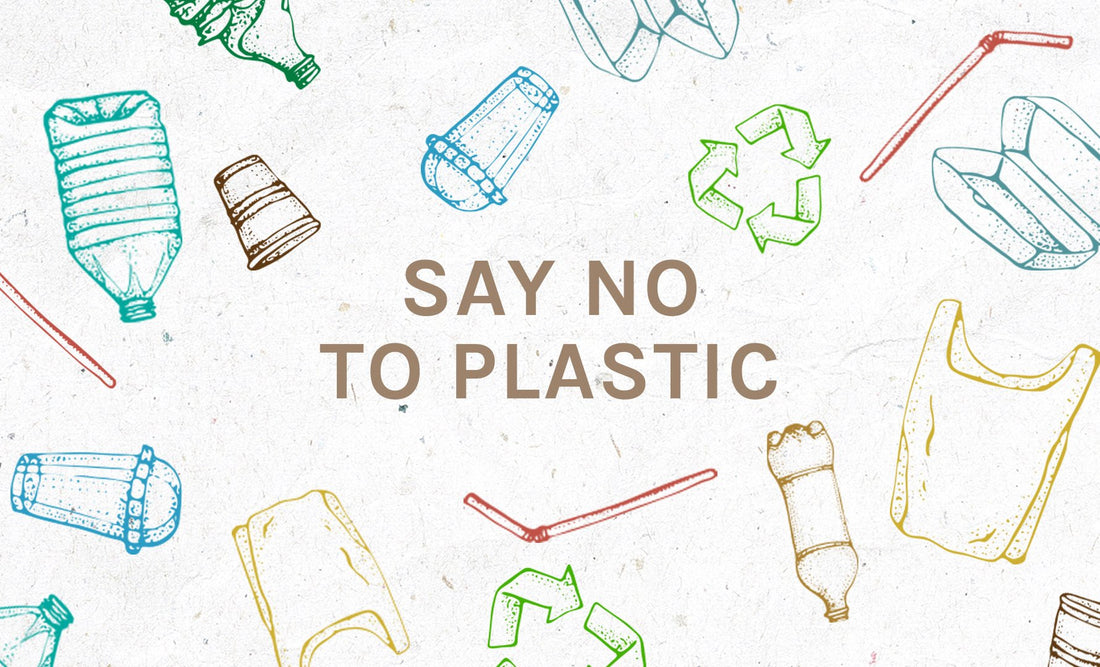
9 ways to get plastic waste in the ocean under control
Share
Small actions, big impact
It's no secret that billions of pounds more plastic enter the world's beautiful oceans every year. Plastic pollution is one of the most pressing environmental issues, and in my first Plastic Free July blog post of this year, I talked about where ocean plastic comes from, the consequences of our world's reliance on single-use plastic, and our support of the nonprofit Sustainable Coastlines Hawaii to eliminate it.
Today I want to talk to you about the large garbage patches that are "floating" in our oceans and that have grown and continue to grow to the size of countries.
First publicly addressed in 1988, trash patches (large systems) of marine debris particles that have accumulated through the effects of ocean currents. Garbage or plastic carpets are often depicted as huge floating islands, but this is not really accurate as this only shows the tip of an iceberg. These garbage patches look more like (country-sized!) bowls and are up to 30 meters deep, made of plastic floating in a thick liquid. There are 5 of these huge garbage patches that are causing huge environmental problems.

The good news is: we can fight it.
My three most important habits are:
Use of reusable bottles and cups, reusable shopping bags, and reusable (or digestible) straws.
Another three – and simple ones! – Ways to get involved in the fight against plastic pollution include:
Spread the message – awareness and education are crucial! Recommend documentaries etc., share posts on social media and educate your little ones and loved ones! Take part in clean-up activities or simply organize clean-up events! Donating to charities is also always a great way to help.
My 3 personal tips:
When it comes to decor, I really love vintage shopping! Antique furniture is plastic-free furniture and so unique! Everyone loves parties – and there are so many alternatives to party supplies! Please always say no to confetti, balloons or gift wrap whenever you can. Last but not least, keep in mind that your clothing may (or often actually) is made of synthetic textiles. Did you know that a large proportion of microplastics in the ocean actually come from synthetic textiles made from polyester, Lycra or spandex, for example?

Together we live Aloha
Follow us on our social media accounts to get the latest updates on our fundraising campaigns, sustainability efforts and more!
Kind regards, Lauri

